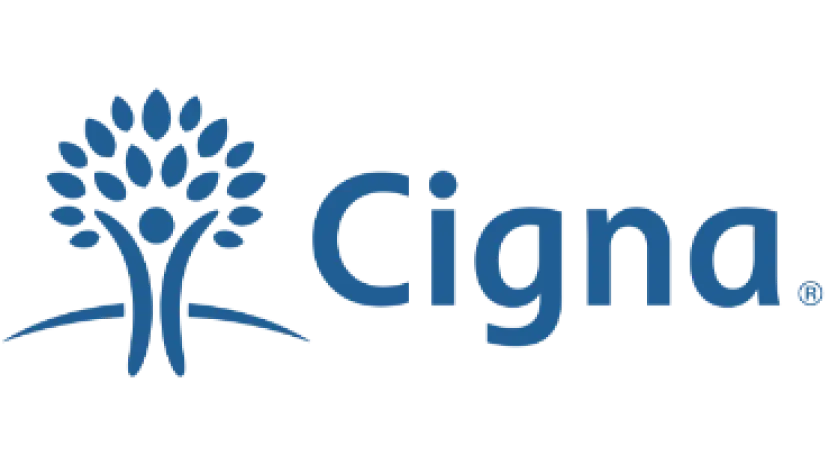



Opioid addiction is a growing concern, with overdoses rising by 54% in 2020, accounting for nearly two in three overdose deaths in Colorado. Narcan™ and Vivitrol™ are two pivotal medications in the fight against opioid addiction.
Narcan™ (naloxone) and Vivitrol™ (naltrexone) are both opioid antagonists designed to block the effects of opioids in the brain. These medications play a vital role in both emergency and long-term treatment settings, providing essential tools for managing and reversing the effects of opioid misuse.
Narcan™, known scientifically as naloxone, is a life-saving emergency medication specifically designed to counter the dangerous effects of an opioid overdose. In life-threatening situations where opioids have depressed critical life functions, naloxone acts rapidly to reverse life-threatening effects. Narcan™ is a non-addictive opioid antagonist, meaning it binds to opioid receptors in the brain and displaces opioids, thereby quickly reversing their effects. This is particularly crucial in preventing fatal respiratory depression that opioids can cause.
Vivitrol™, or naltrexone, serves a different but equally vital role in opioid addiction treatment. Unlike Narcan, which is used in acute overdose situations, Vivitrol™ is utilized for long-term management of opioid dependence and alcohol use disorder (AUD). Vivitrol is the brand name of injectable naltrexone; the oral tablets, generic naltrexone, are available as well. As mentioned above, Vivitrol™ helps individuals in recovery maintain their sobriety over extended periods by reducing cravings and the chance of relapse. Vivitrol’s™’s efficacy lies in its ability to provide a sustained barrier against opioid effects, which is especially beneficial for individuals who have completed detoxification and are committed to long-term recovery.
The effectiveness of Narcan™ and Vivitrol™ in treating opioid use lies in their unique mechanisms as opioid antagonists. Here’s a deeper look at how these medications work:
Narcan™, or naloxone, functions by rapidly attaching itself to the opioid receptors in the brain. These receptors are the same sites where opioids like heroin, morphine, and prescription painkillers bind and produce their effects. When someone overdoses on opioids, these substances can overly depress the body’s respiratory system, leading to potentially fatal breathing problems.
Narcan’s™ binding to these receptors is stronger than that of most opioids, which allows it to effectively knock off and replace the opioids at these receptor sites. By doing so, it quickly reverses the respiratory depression and other life-threatening effects caused by the overdose. This reversal can occur within minutes, making Narcan™ an essential emergency response tool.
Vivitrol™, on the other hand, is a long-acting form of naltrexone. As an opioid antagonist, it works by binding to the same opioid receptors in the brain, but it does not activate them. Instead, it blocks them, preventing opioids from producing their usual euphoric and sedative effects.
This blocking action is crucial in helping individuals who are in recovery from opioid addiction. By preventing the euphoric effects of opioids, Vivitrol™ reduces cravings and the urge to use these substances. This is particularly important for maintaining long-term sobriety and preventing relapse.
Understanding the dosing and dosage of Narcan™ and Vivitrol™ is crucial for their effective and safe use in treating opioid addiction. Here’s an expanded look at how these medications are typically administered:
Naloxone is available in two primary forms: a nasal spray and an injectable solution. Naloxone is available by brand names recognized as Narcan™, Kloxxado™, and Zimhi™. The dosing can vary depending on the brand of drug, severity of the opioid overdose, and the response of the individual.
Vivitrol™, unlike Narcan™, is used for long-term maintenance rather than emergency intervention. It is administered in a healthcare setting due to its intramuscular injection requirement.
If you or someone you know is looking for outpatient addiction treatment services, contact Porch Light Health today. We are committed to providing care to those suffering from substance abuse in a private, respectful environment with a combination of the latest evidence-based treatments.
Call: 866-394-6123 | New Patient Registration
When considering treatments for opioid addiction, such as Narcan™ and Vivitrol™, it’s important to be aware of potential side effects. While both medications are generally safe, they do come with side effects that should be monitored.
Narcan™, primarily used in emergency situations to reverse opioid overdose, is known for its safety and efficacy. However, it can have some side effects, particularly in individuals with opioid dependence.
Vivitrol™, used for long-term opioid addiction treatment, also has a range of side effects, ranging from mild to serious.
When it comes to accessing Narcan™ and Vivitrol™ for opioid addiction treatment, understanding their prescription requirements is necessary.
Narcan™, or naloxone, has unique accessibility due to its role in emergency overdose situations.
Vivitrol™, used for long-term opioid addiction treatment, has different prescription requirements compared to Narcan.
Choosing the right treatment depends on individual needs and circumstances. Individuals should consult a healthcare professional to develop an effective and comprehensive treatment plan. Contact Porch Light Health to discuss treatment options for opiate or alcohol use disorder.
Porch Light Health, with a network of clinics spanning Colorado and New Mexico, offers comprehensive opioid addiction treatment. Our approach combines immediate intervention with long-term recovery strategies, ensuring each patient receives individualized care.
If you or a loved one is struggling with opioid addiction, contact us for support. Our team is dedicated to providing compassionate, effective treatment to help you on your journey to recovery.
Call: 866-394-6123 | Find a Clinic
Naltrexone and naloxone are not the same; they are distinct medications with different purposes. Naltrexone (Vivitrol™) is used for the long-term treatment of opioid and alcohol addiction, while naloxone (Narcan™) is an emergency medication for opioid overdose reversal.
Yes, Narcan and naloxone refer to the same drug. Narcan is a brand name for naloxone, which is used as an emergency treatment for opioid overdoses.
Naltrexone is not an antidote in the traditional sense but is used to prevent relapse for opioid and alcohol addiction. It aids in recovery by blocking the rewarding effects of these substances.







